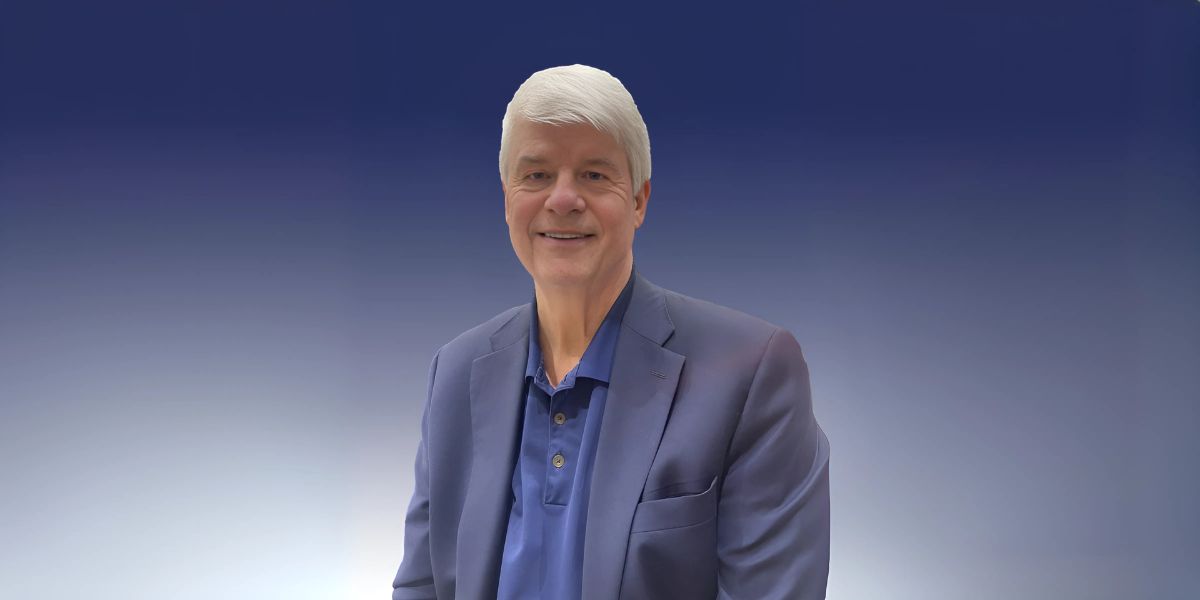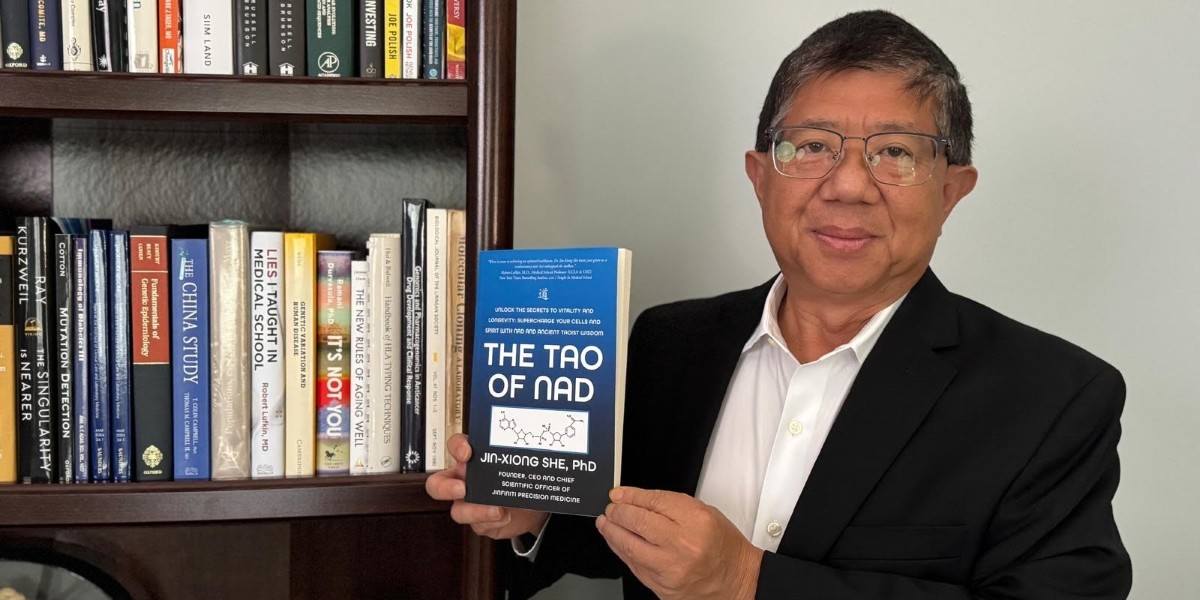By: Hazel Murray
Voyager Space Chairman and CEO Dylan Taylor is no stranger to high-level task management. The accomplished space leader and entrepreneur has spearheaded numerous vital industry initiatives and projects – from his transcendent work with Voyager to his boundary-pushing philanthropic efforts with Space For Humanity. Along the way, Taylor’s tenacity and vision have allowed him to remain poised in his present involvements while constantly looking ahead – a balance that has bred innovation and helped push our collective space capabilities forward.
Below, Dylan answers several questions about his ever-expanding list of projects and goals in leading the space industry to new horizons.
Q: With so many projects under your leadership, what guiding principles do you rely on to manage and prioritize your time across the space industry?
A: “A key guiding principle – both for me and those working in the space industry – is becoming comfortable with facing the unknown and the uncomfortable. You have to be ready to put in a great deal of work to drive innovation, and you must also develop a high degree of risk tolerance to match the scale of that potential innovation. In that process, you must also find a steadfast sense of purpose and passion. That is really what provides the fuel.
Q: How do you stay focused on the big picture and the granular details when simultaneously overseeing multiple ventures?
A: “By remembering that there are typically only 4-5 key drivers that often dictate the success or failure of big-picture goals. You have to start by recognizing a need within your industry; that was the reason we started Voyager. In my case, I’m often focused on matters like talent acquisition and those factors that keep your teams equipped to actualize goals and maintain a sense of purpose.”
Q: What role does collaboration play in your various projects?
A: “Collaboration has been a paramount aspect in pretty much everything. For example, Voyager has been working closely with Airbus, Mitsubishi, MDA Space, SpaceX, and NASA to develop and launch a replacement for the International Space Station (ISS) when NASA retires it in 2030 (the Starlab Space project). Meanwhile, I’ve had the privilege of working closely with some of the world’s accomplished – albeit unsung – community leaders and innovators, putting their skills on a larger stage via Space For Humanity; that has led to some truly amazing and historic milestones for the space sector that I hadn’t initially anticipated.”
Q: What advice do you have for aspiring space industry leaders looking to manage a broad portfolio of projects and make an impact?
A: “I would start by taking on any opportunities to develop key industry experience. So, if you’re a recent college graduate, explore all applicable internship opportunities to hone your skills and broaden your knowledge. If you can, find a mentor. Mentorship is a major accelerant. Networking is critical in all of this. Put yourself out there. The more you give, the more you get.
To learn more about Dylan Taylor’s various projects in the space sector and beyond, be sure to visit his website.
Published by Elle G









